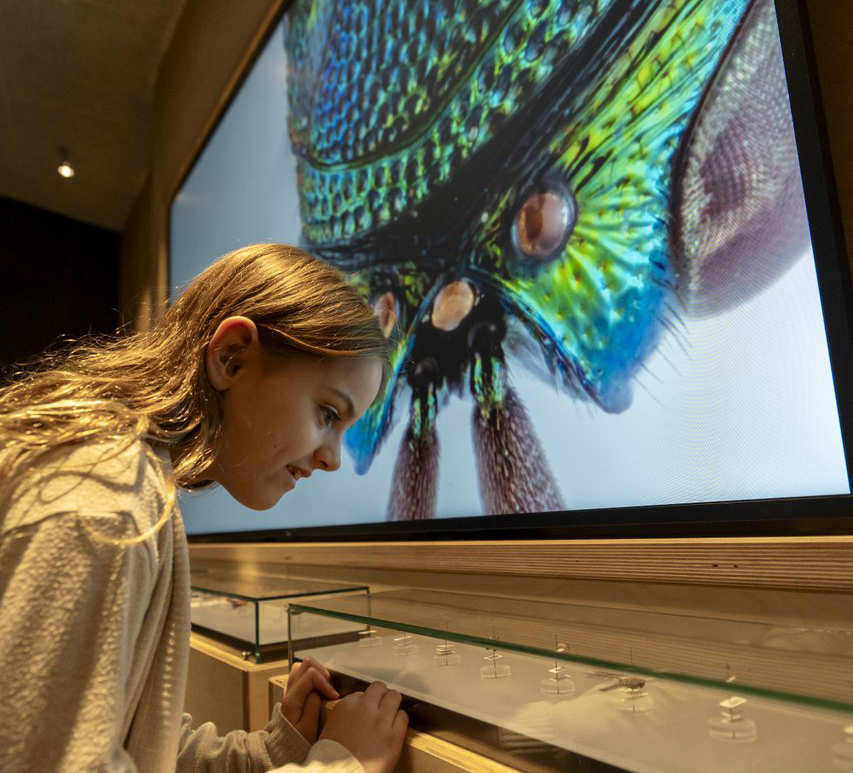At the end of my last blog post, I had talked about my winter research focus which was determining what exactly our Wascana turtles do in the winter. Where do they go? What do they need to survive? I was able to track our fine shelled friends in the fall and discovered that they like to overwinter in the lake and in the marsh! Out of the 23 turtles that I am tracking, 13 turtles are in the marsh, two are in the lake, and the rest are in the creek west of Albert Street.
The turtles are congregating in certain areas, so my goal is to determine what is so special about the turtles overwintering locations. Why are these turtles overwintering together? Why don’t they spread out? Due to safety issues, I’m only able to observe the turtles in the marsh but that’s quite alright because that is where the majority of my turtles are overwintering. We’ve been out twice to visit them in the winter, and we are definitely learning more and more about them as the time goes on. So what have we found so far?
- The turtles are overwintering almost in a line 7 m parallel to shore. The 13 turtles that I’m tracking are found in 3 different groups, however there are probably many more untracked turtles that are filling in the gaps.
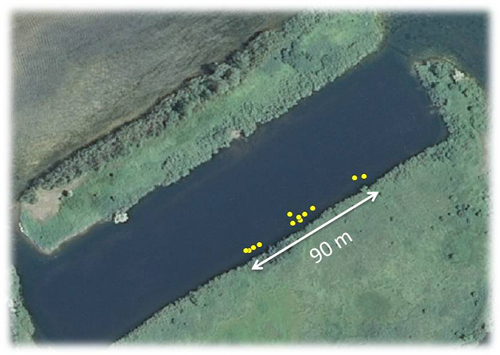
A map showing our turtles all in a line parallel to shore.
- We can’t see them!! That’s right, the bottom of the marsh looks completely void of turtles. We have a camera that we send down when measuring their water quality that allows us to look around and see what’s down there. Even though we know exactly where the turtles are, we don’t see anything but mud. So what does this mean? Are we tracking phantom turtles? Not at all! It just means that the turtles have buried themselves into the mud as opposed to staying on the mud surface. When we went out in January, we were even able to see some depressions in the mud which is presumably where the turtles have shimmied down to ride out the winter.
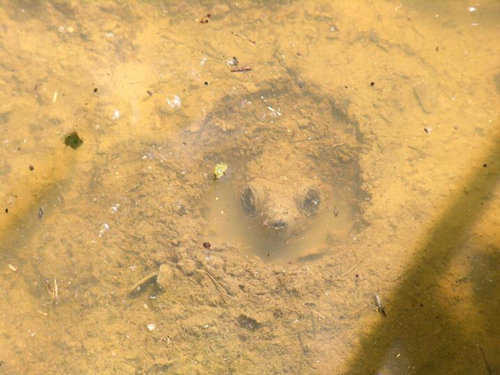
Although I don’t have a picture of our turtles snuggled into the mud, here is a photo of an adult snapping turtle to give you an idea of what they’re doing. (Credit: turtle_tails.tripod.com)
- But wait....if they are buried in the mud, how are they breathing? Do they have snorkels? Although a super cool idea, alas our turtles don’t own snorkels.
In my last blog, I mentioned that our turtles can breathe through their butts, but in order to do that they need access to oxygen. When they are buried in mud, they don’t have access to oxygen AND since these turtles aren’t in the lake with aerators, the oxygen levels are quite low. Now, does this mean we need to aerate the marsh? Absolutely not! Our painted turtles are super resilient and can actually survive long periods of time in anoxic (oxygen lacking) conditions. Cool, right! Just wait, it gets better. The turtles are able to eliminate carbon dioxide into the water, but they still have lactate accumulating in their body (similar to what we accumulate in our muscles after exercising). If they accumulate too much, it can cause something called metabolic acidosis, which if you’re a turtle (or any organism for that matter), it is not something you want to have. So, our turtles are actually able to counter lactate accumulation by mobilizing buffers (a chemical response) from their skeleton! (I’ll give you a moment to read that again and let it settle in.) HOW NEAT IS THAT! Just when you think that turtles can’t get any cooler right!!
With that I will leave you to look at some fun pictures of winter turtle work. Also, please remember to exercise extreme caution when working in and around the ice. Should you have any questions about turtles and/or the project, feel free to send an email to turtles@royalsaskmuseum.ca or send me a tweet @kels_m_. I would love to answer them for you!
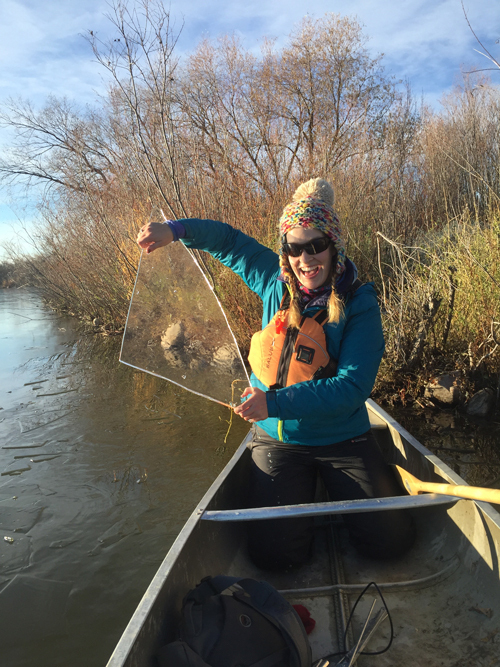
Our last canoe adventure in November resulted in breaking our way through a layer of ice. I can now say I am a true Canadian field biologist.
![]()
“Marco...POLO!!!” Tracking turtles in the wintertime.
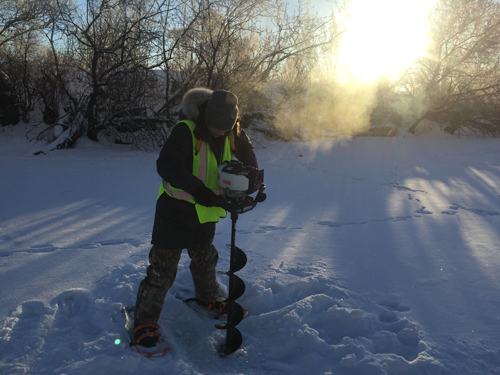
Augering a hole into the ice in order to obtain water quality information.
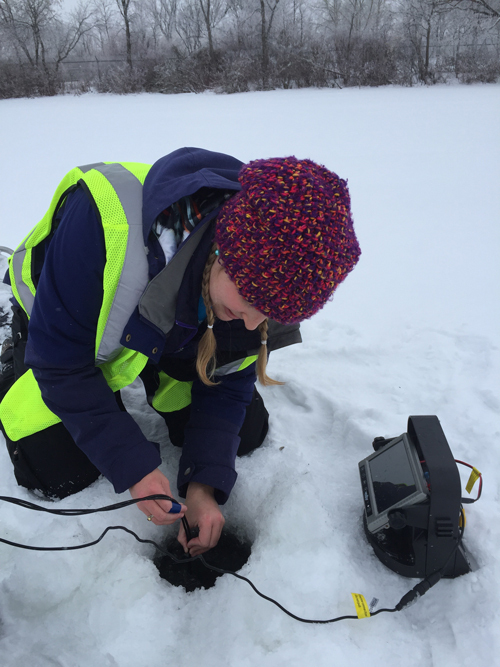
Taking a peek into the water using our underwater camera.

Measuring water quality under the ice to see what the environmental conditions at the overwintering sites are like.

